2000 Suzuki Hayabusa
Modification: Tips & Tricks
Brake & Clutch Bleeding
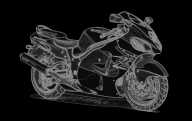

If your just changing pads or replacing lines, like I did, you will need
to bleed the lines.
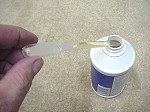
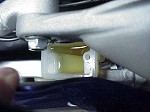
A small plastic pipet comes in handy to add fluid to the rear brake reservoir
or remove excess.
Make sure you only use DOT 4 fluid.
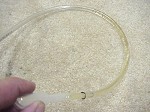
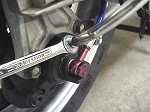
Because everything was empty, I back filled the system.
I started by putting clean fluid in a three foot section of 1/4" ID clear
hose.
I put it on the bleeder valve and held the hose up to get the air out of the
fluid.
I then, loosened the bleeder valve and forced fluid in.
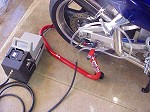
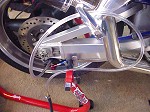
I used a small air pump (be careful not to force air in).
This forces the air to the top of the system and helps force the piston out.
I would let the fluid get close and remove the pressure.
Any air still in the caliper would exit out the hose.
I re-tightened the bleeder valve and would repeat until full.
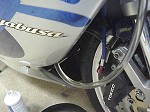
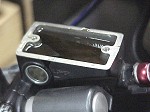
I did the same for the front brakes.
Keep an eye on the reservoir level, as not to over fill.
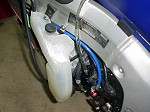
By holding the line up you make sure only fluid is going in.
Also, when the pressure is removed, the air being displaced by the fluid will
come out of the housing.
This gets you to the point of doing the traditional system
bleeding.
Pump the brake/clutch and hold it. the same hose comes in handy again here.
Back off the bleeder valve, let drain, re-tighten and release the lever.
Repeat until you have no more air coming out.
If the feel is still spongy, start over and repeat.
Be extremely careful
when you first take your bike out.
Determine if the brakes are working properly.
busa@wardsweb.org
home













